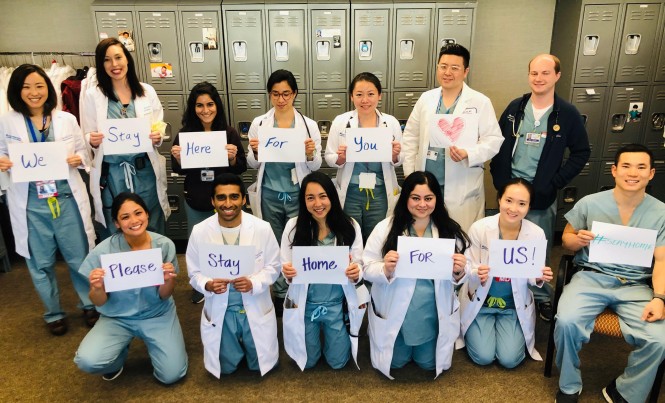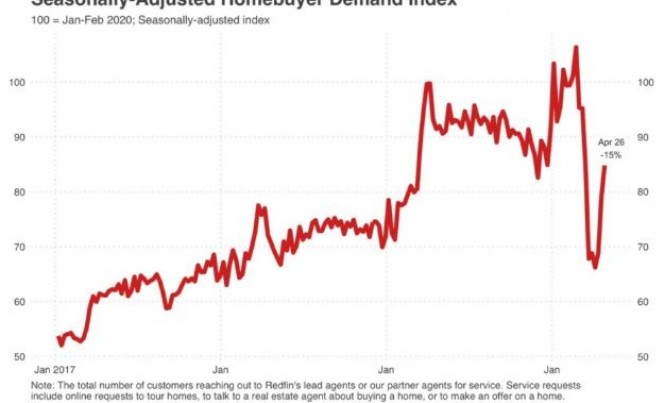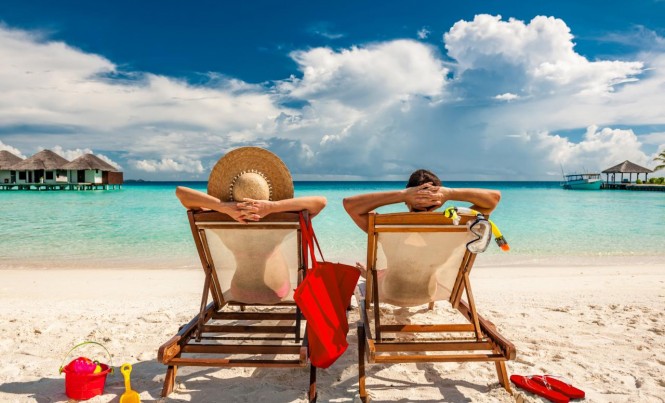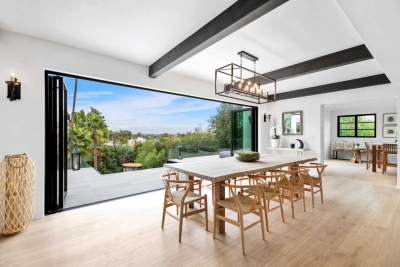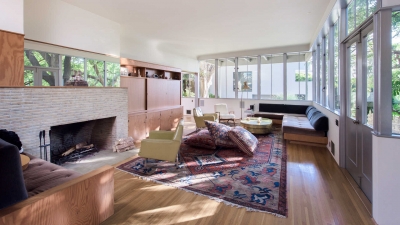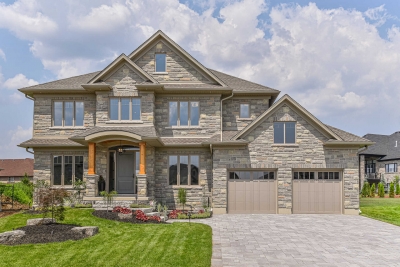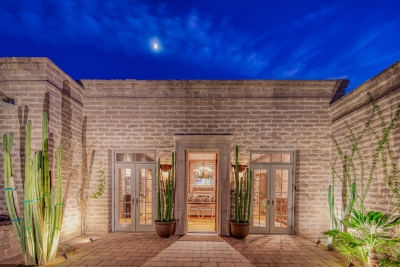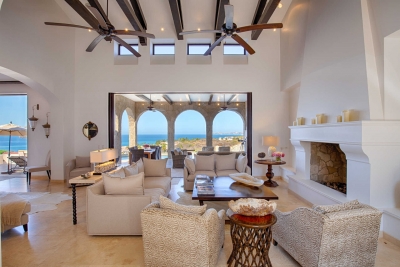
On the road to recovery, Los Angeles’s car culture is back in the driver’s seat. After all, in your own vehicle, you never have to worry about who coughed on the steering wheel. Or about who occupied the seat next to you before you climbed in. So even in a post-COVID-19 world, most analysts expect driving to remain the preferred choice of transportation for some time to come. And with it has come the resurgence of drive-thru restaurants, currently booming as Angelinos venture outside to eat somewhere other than their own kitchens while also remaining socially distant from strangers.
Astro Burger

5601 Melrose Ave, Los Angeles, CA 90038 323-469-1924
After opening in 1974 serving mostly hamburgers, this spot on the corner of Melrose and Gower has expanded to include soups, salads and vegetarian dishes along with a Greek menu that offers such daily specials as Yemista (rice-stuffed baked tomato or bell peppers), Spanakorizo (cooked spinach and rice) and Papoutsakia (stuffed eggplant). If it is a burger you’re looking for, they have a selection of Angus beef burgers as well as turkey and veggie options.
Rick’s Drive In & Out
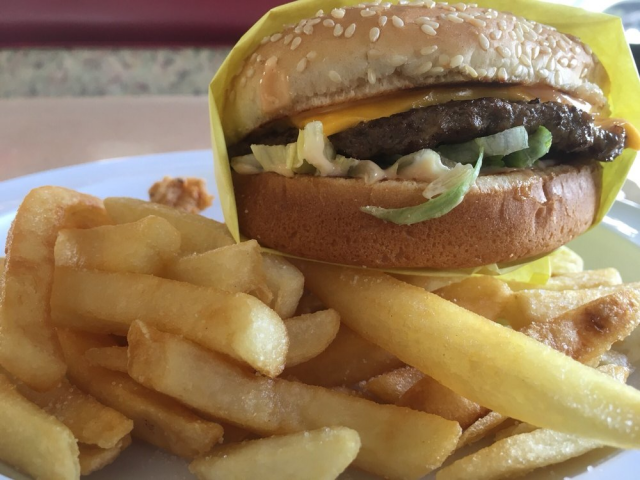
2400 Fletcher Drive, Los Angeles 323-660-5988
Satisfying the fast-food cravings of loyal Dodgers fans since 1981 when this location opened near Dodger Stadium, Rick’s Drive In & Out offers the comforting pre-and-post-game fare you would expect: burgers, sandwiches, homemade onion rings, among them. Not so expected: their breakfast burrito, considered among the tastiest in Los Angeles.
Patra’s Charbroiled Burgers
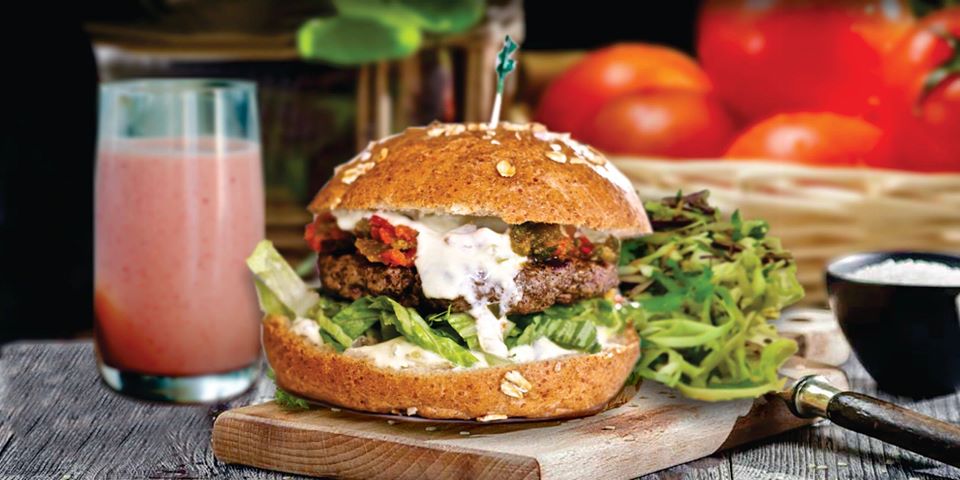
2319 N San Fernando Road, Glassel Park 323-225-9944
Dishing out the charbroiled fare for more than 40 years, Patra’s serves much more than burgers — from sourdough melts and grilled hot dogs to club sandwiches and taco salads, in addition to burritos, tacos and quesadillas. Then again, if you did come for a burger, you won’t be disappointed, whether you’re digging into their angus beef Revolution, meatless Happy Cow or Green Goddess with guacamole, roasted peppers and chipotle sauce.
El Huero Drive Thru

3000 S Figueroa Street, Los Angeles 213-747-0012
A popular draw for nearby USC students for decades, this walk-up stand and drive-thru serves fresh Mexican fare ranging from build-your-own burritos and nachos to tacos and breakfast plates. Also on the menu: burgers (such as the Mix-Up, which piles grilled pastrami on a ground beef patty), hot dogs and sides including onion rings, chili cheese fries and nacho fries.
Originally posted by Rodeo Realty Media Team.

